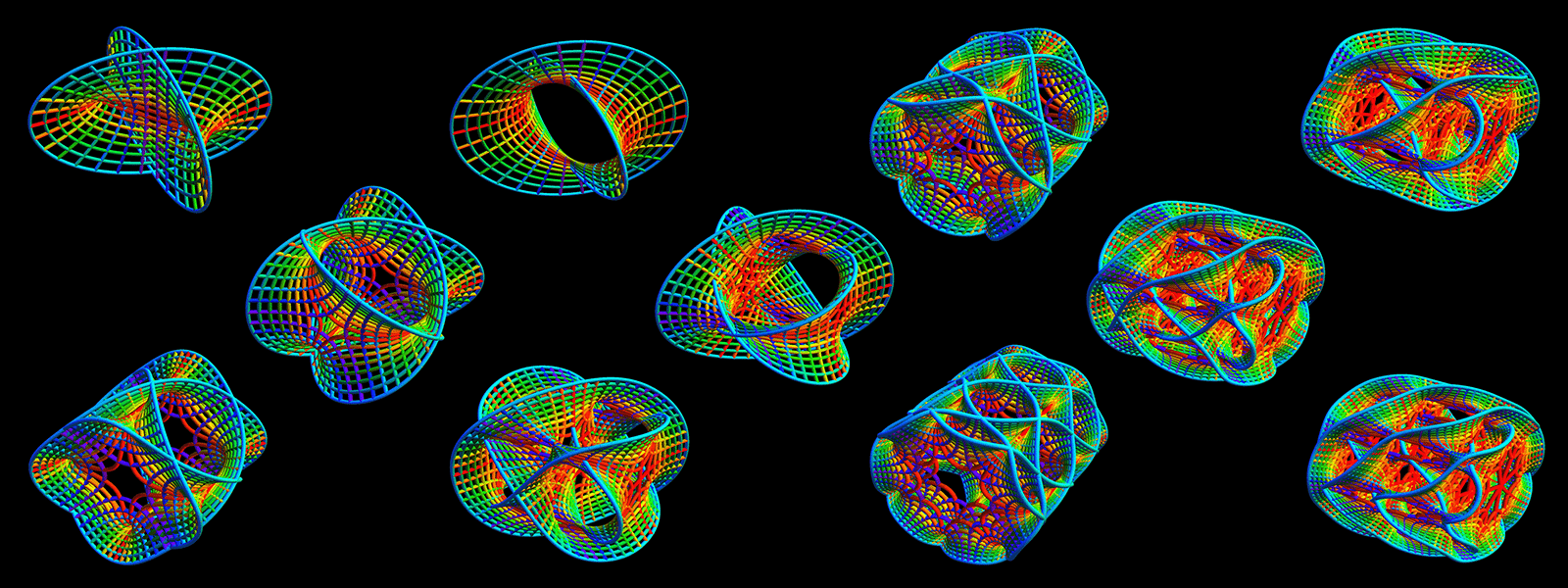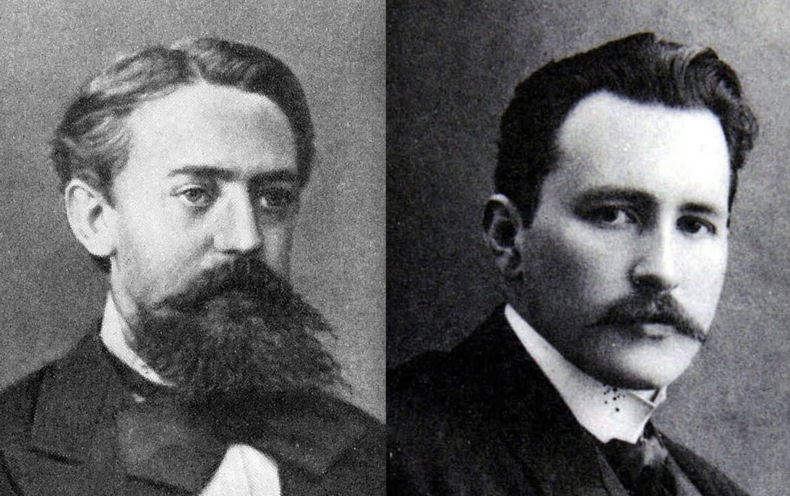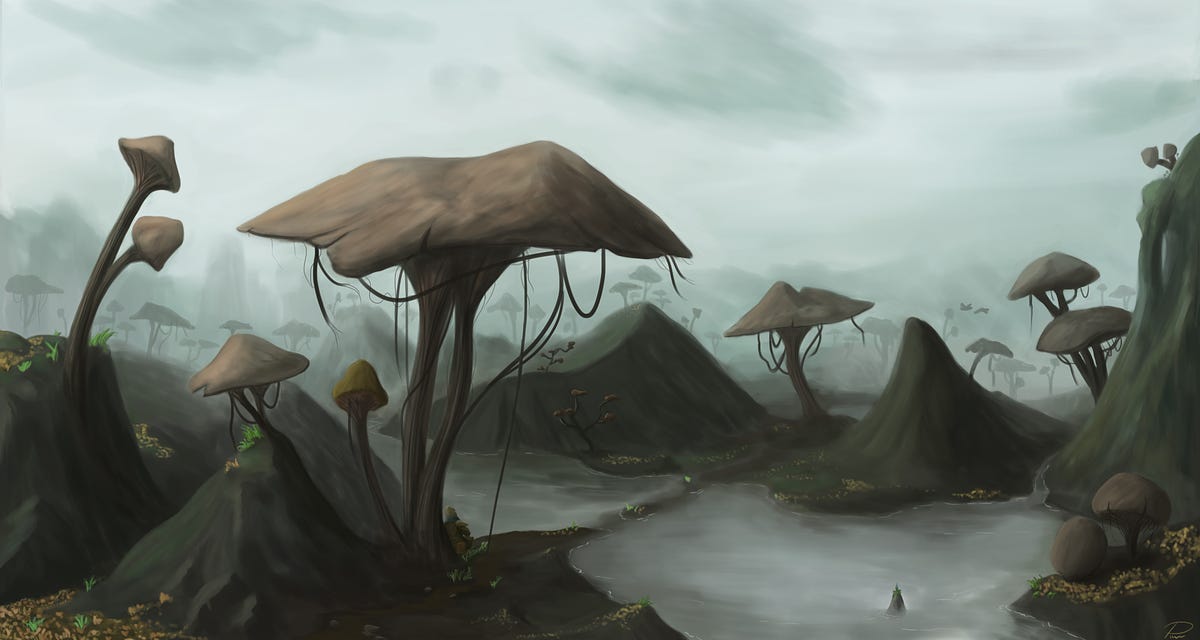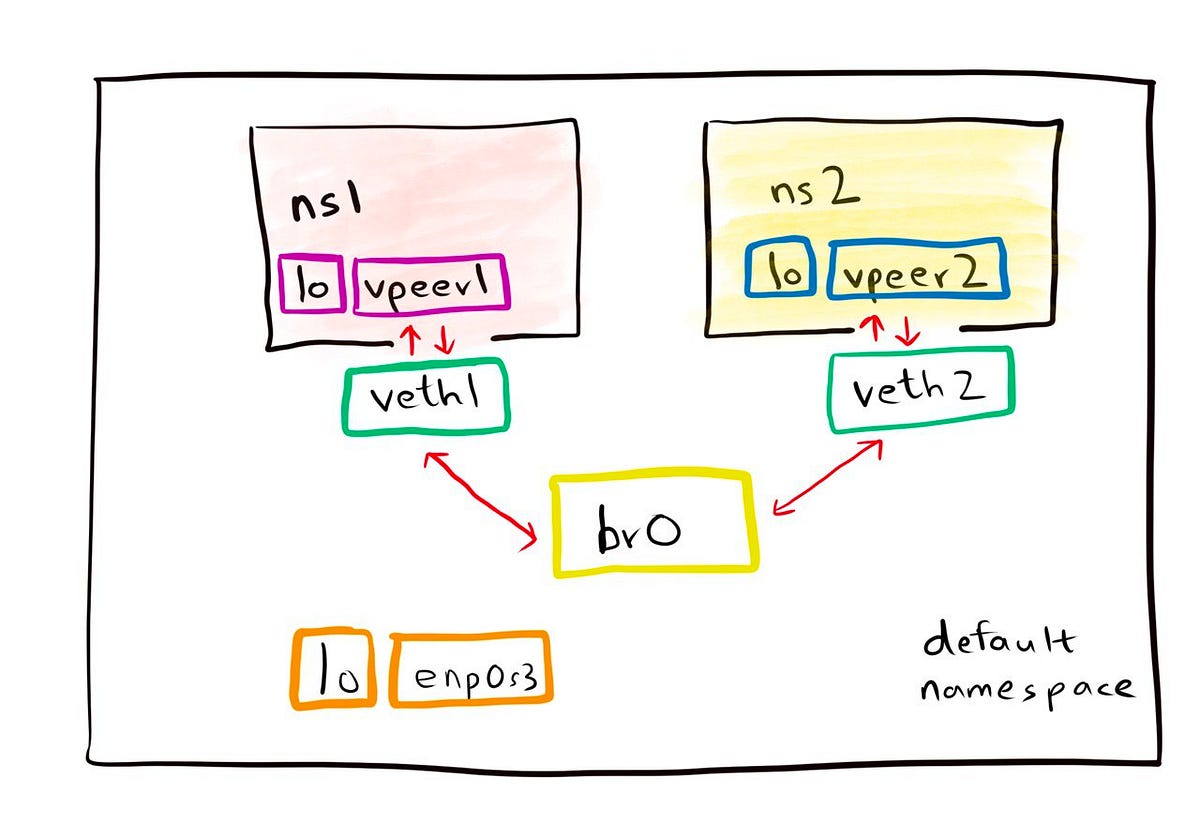
String theory is not dead
String theory is a mathematical description of nature that requires space to possess several additional dimensions beyond the ordinary three. These extra dimensions, too small to notice in ordinary life, can assume many possible shapes, or geometries (depicted artistically here) that can influence the properties of the universe and subatomic particles.
Scientists seeking the secrets of the universe would like to make a model that shows how all of nature’s forces and particles fit together. It would be nice to do it with Legos. But perhaps a better bet would be connecting everything with strings.
Not literal strings, of course — but tiny loops or snippets of vibrating energy. And the “fit together” needs to be mathematical, not via properly shaped pieces of plastic. For decades now, many physicists have pursued the hope that equations involving an especially tiny “string” could provide the theory that solves nature’s ultimate subatomic mysteries.
String theory, as it’s called, has acquired a sort of fuzzy cultural acclaim, showing up in popular TV shows like The Big Bang Theory and NCIS. Among physicists, reaction to the theory has been mixed. After several promising bursts of discovery in the 1980s and ’90s, strings fell somewhat out of favor for not delivering on their promises. Among those was providing the proper way to include gravity in the quantum theory of subatomic particles. Another was revealing the math that would show nature’s multiple fundamental forces to be just different offspring of one unified force. Still promises unkept.

















